Hotel Elle Inn (엘르인호텔)
3.5Km 2025-07-17
24, Hangang-daero 71-gil, Yongsan-gu, Seoul
02-792-8700
Parque Hyochang de Seúl (서울 효창공원)
3.5Km 2025-08-08
Hyochangwon-ro 177-18, Yongsan-gu, Seúl
+82-2-2199-8823
El Parque Hyochang, de 122.245 metros cuadrados, está situado en Hyochang-dong y Cheongpa 2-dong. Es un lugar histórico, que antes contenía varias tumbas reales, era conocida en aquel entonces como Hyochangwon. Las tumbas, que estaban originalmente en Hyochangwon, son del príncipe heredero Munhyo (primogénito del rey Jeongjo, que fue muerto con solo 5 años), la Noble Consorte Real Uibin del Clan Seong (concubina real del rey Jeongjo y madre del príncipe heredero Munhyo), la Noble Cosorte Real Sugui del Clan Park (concubina real del rey Sunjo), y su hija, la princesa Yeongon. Las tumbas reales fueron trasladadas al cementerio real Seosamneung durante el período de la ocupación japonesa. En 1924, el Imperio japonés implementó la renovación de Hyochangwon para convertirlo en un parque, y en 1940, el gobernador general japonés, oficialmente, designó este sitio como un parque.
En la actualidad, algunos de los grandes líderes coreanos están enterrados en el Parque Hyochang. La mayoría de los restos son de activistas independentistas frente a Japón, incluyendo Yoon Bong-gil, Lee Bong-chang y Baek Jeong-gi, cuyas sepulturas son colectivamente conocidas como “Samuisa-myo” (tumbas de los tres mártires). Una estatua de Lee Bong-chang se levanta en el cementerio. Otros mártires patriotas que están inhumados en el parque son Kim Koo y algunos de los personajes importantes del Gobierno Provisional de Corea, tales como Lee Dong-nyeong, Cha I-seok y Cho Seong-hwan. El santuario ancestral, llamado Uiyeolsa, se encuentra al lado de la puerta principal y cuenta con los retratos de los difuntos independentistas.
Centro Conmemorativo de la Guerra (전쟁기념관)
3.7Km 2025-06-20
Itaewon-ro 29, Yongsan-gu, Seúl.
El lugar donde se construyó el Centro Conmemorativo de la Guerra era el cuartel de la Infantería Nacional. Para la construcción de este centro se consultaron a diferentes expertos de variados campos y se realizaron exhaustivas investigaciones para completar las exposiciones. Este centro conmemorativo es el establecimiento más grande del mundo dedicado al tema de la guerra. Aquí puede visitar las 8 exposiciones: la de Hongukchumo, la de la historia de las guerras, la de la Guerra de Corea, la de la expedición de soldados al extranjero, la del desarrollo militar, la de los grandes aviones y la que se realiza al aire libre. La exposición Hogukchumo fue fundada en honor a los espíritus de los heridos durante la batalla.
También se exponen diferentes tipos de armas y grandes equipamentos militares dentro y fuera del edificio. En la exposición dentro del edificio se exponen armas y avíos utilizados durante la Guerra de Corea y los utilizados en los diferentes países durante la II Guerra Mundial y la Guerra de Vietnam para que puedan ser comparados. En la exposición del segundo piso, se pueden ver muchos tipos de materiales de defensa tanto reales como muestras. En la exposición de armas Bangsan puede encontrar armas y equipamento de guerra producidos en Corea. En la sala de almacenamiento del centro conmemorativo se preservan 17.800 columnas y artefactos de guerra. Se instalaron modernos dispositivos de preservación y control de daños para mantener estos materiales intactos. Además, puede visitar la exposición miniatura o el Pabellón de la Paz. Hay un sitio de conferencias donde se dan clases con temas de la guerra. Si hay algún libro que desee leer sobre guerras, puede dirigirse a la librería de este centro, donde también encontrará folletos y libros militares y suvenires. Los restaurantes de comida rápida y tiendas se encuentran fuera del edificio.
Templo Bongwonsa en Seúl (봉원사(서울))
3.8Km 2023-02-21
Bongwonsa-gil 120, Seodaemun-gu, Seúl.
El templo Bongwonsa es un templo budista milenario ubicado en las faldas del monte Ansan. Este fue construido en el lugar donde actualmente se encuentra la Universidad Yonsei, por orden de la reina Jinseong de Silla, siendo llamado Banyasa. Lamentable, la construcción original desapareció durante la Guerra de Imjin (1592–1598) debido a un incendio, y el templo de la actualidad es una nueva obra realizada en el año 1748, año desde el que es llamado Bongwonsa. Cada 6 de junio, en el templo Bongwonsa se organiza una ceremonia para desear la unificación de las dos Coreas. El Festival Cultural de las Flores de Loto es otra de sus celebraciones anuales.
Buddha's Belly - Itaewon Branch (부다스벨리 이태원)
3.8Km 2025-05-14
48, Noksapyeong-daero 40-gil, Yongsan-gu, Seoul
+82-2-796-9330
It is a Thai food specialty store located in Itaewon. This restaurant's signature menu is som tam. This Western dishes restaurant is located in Yongsan-gu, Seoul.
Camisas Hamilton (Sucursal de Itaewon) (해밀톤셔츠(이태원점))
3.9Km 2024-01-30
Itaewon-ro 160, Yongsan-gu, Seúl.
Zona Turística Especial de Itaewon (이태원 관광특구)
3.9Km 2025-06-20
Itaewon-dong, Yongsan-gu, Seúl
Itaewon es un destino turístico y de compras popular entre los extranjeros que visitan Corea. En esta zona, más de 2.000 tiendas se hallan una al lado de otra, formando un gran complejo comercial. Se puede encontrar de todo en estos locales: ropa, calzado, bolsos, etc. Además, la zona dispone de numerosos restaurantes, instalaciones recreativas, empresas de comercio internacional, agencias de viaje y hoteles de turismo. La gran cantidad de letreros en inglés y otros idiomas extranjeros en sus calles hacen sentir que no se está en Corea sino en un espacio internacional.
Las pequeñas tiendas de recuerdos se abrieron para atender a los soldados americanos después de la liberación de Corea. Desde entonces, siguieron erigiéndose centros comerciales para atender a las necesidades de los extranjeros residentes y turistas, y al ser anfitriones de los Juegos Olímpicos de 1988 en Seúl, Itaewon creció rápidamente como un barrio de compras. Desde mediados de los años 90, sus calles, que eran las vías del ejército estadounidense, pasaron a ser los bulevares de los ciudadanos de todo el mundo, especialmente con la llegada de turistas de Japón, Hong Kong, China, el Sudeste Asiático, África y Medio Oriente. En 1997, el área fue designada como Zona Turística Especial.
Los servicios de atención en chino y japonés, así como en inglés, están disponibles en la mayoría de las tiendas debido al hecho de que la mayoría de los clientes son extranjeros. Además, en la zona hay restaurantes especializados donde se pueden probar los sabores únicos de los platos del mundo entero. Hay comida turca, india, paquistaní, suiza, tailandesa, y, por supuesto, la auténtica comida estadounidense. El barrio de Itaewon, tras su renacimiento como uno de los mejores destinos turísticos del mundo, provee no solo oportunidades para las compras sino que también ofrece la oportunidad de ver y conocer la exótica y tradicional moda y cultura coreana. Aquí se realizan numerosos festivales tales como el Festival Global de Itaewon, en el que se muestran tanto la cultura coreana como las culturas tradicionales de todo el planeta.
Dubai Restaurant (두바이레스토랑)
3.9Km 2025-05-19
192, Itaewon-ro, Yongsan-gu, Seoul
Dubai Restaurant in Itaewon offers authentic Arabian cuisine as well as shisha (water pipe smoking). Located in the middle of Itaewon, it’s popular among both Koreans and foreigners.
The Hyoosik Nouvelle Seoul Itaewon (더휴식 누베르 서울 이태원점)
3.9Km 2025-04-11
11, Usadan-ro 14-gil, Yongsan-gu, Seoul
Taj Palace (타지펠리스)
3.9Km 2025-05-19
39, Usadan-ro, Yongsan-gu, Seoul
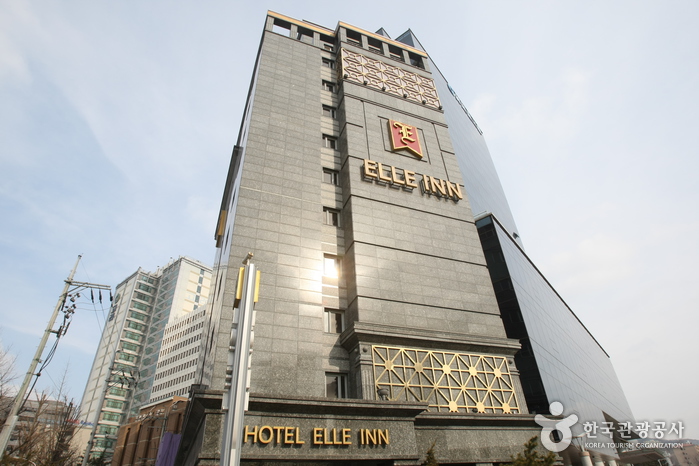
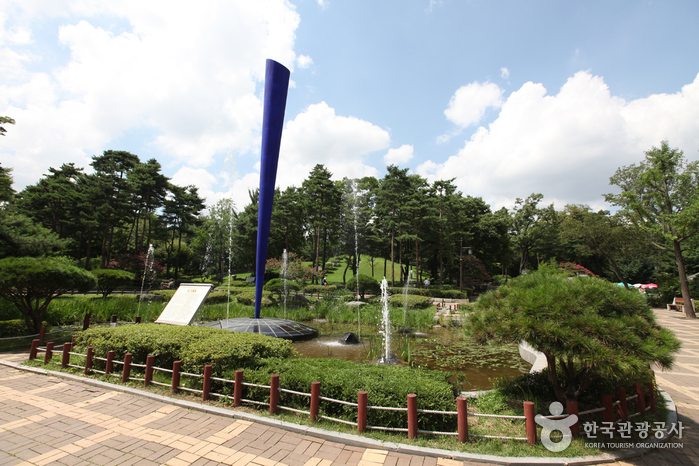
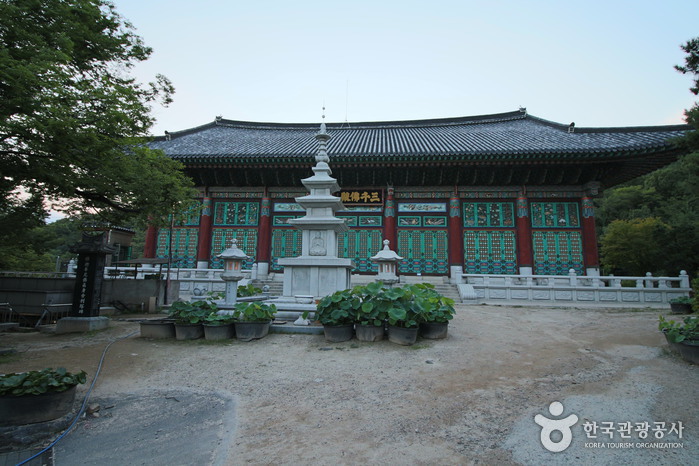
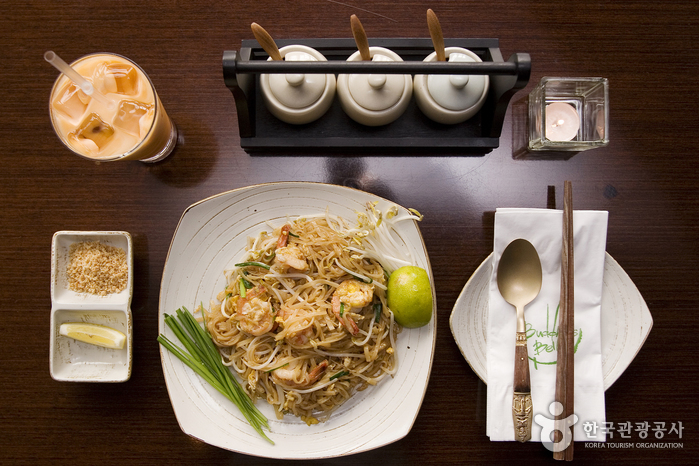
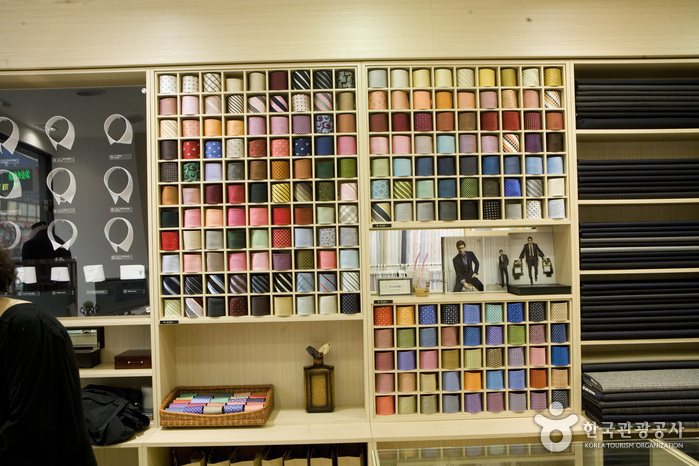

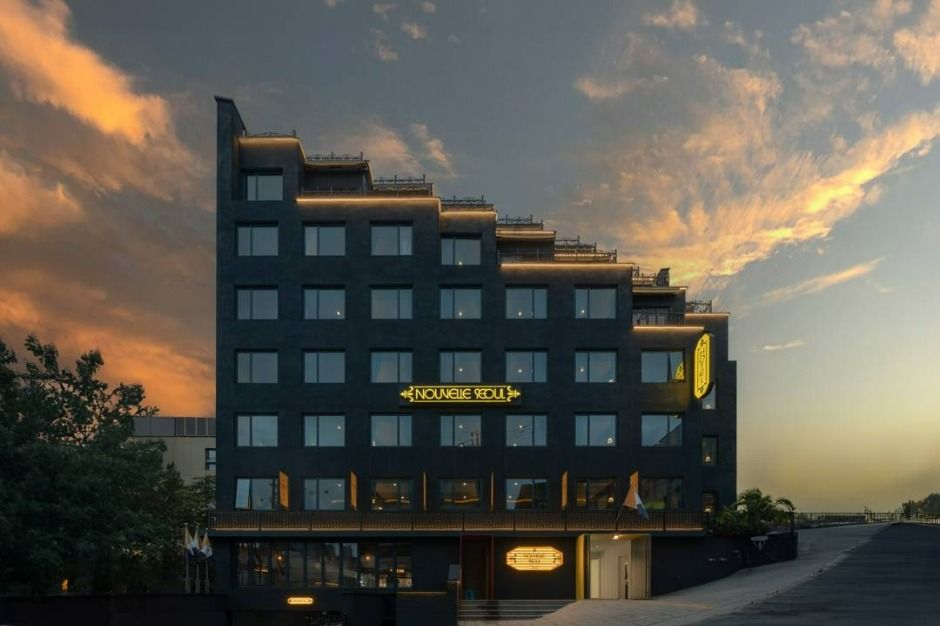
 Español
Español
 한국어
한국어 English
English 日本語
日本語 中文(简体)
中文(简体) Deutsch
Deutsch Français
Français Русский
Русский